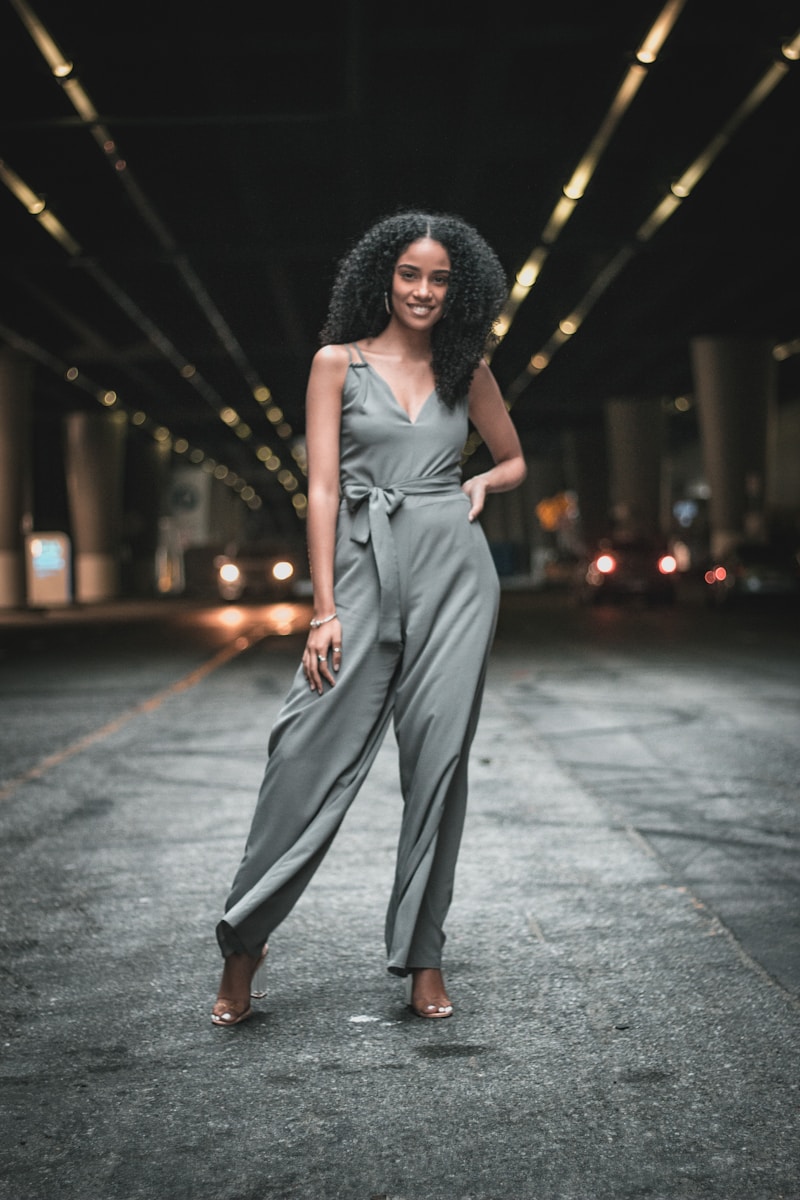Exploring Mythology and Folklore in Bridal Fashion Concepts
Exploring Mythology and Folklore in Bridal Fashion Concepts
The intricate world of bridal fashion is not just about trends and styles; it's steeped in rich narratives and cultural backgrounds. An intriguing aspect of this realm is the influence of mythology and folklore, which plays a significant role in shaping bridal concepts. From ancient traditions to modern interpretations, these elements create a unique tapestry that defines bridal aesthetics. In this article, we delve into the various ways mythology and folklore inspire bridal fashion, intertwining stories and symbolism to craft unforgettable wedding looks.
The Essence of Mythology in Bridal Fashion
Mythology encompasses the myths and stories of different cultures, often depicting gods, goddesses, and legendary creatures. When it comes to bridal fashion, these tales inspire designers to integrate various mystical elements into the attire, which reflects both beauty and cultural significance. For instance, Greek mythology introduces us to the concept of the “bride of Zeus,” where bridal gowns are designed with flowing fabrics and ethereal silhouettes, echoing the grace of goddesses like Hera and Aphrodite.

The Role of Colors and Symbols
Colors in mythology often hold significant meanings. In many cultures, white is chosen for weddings as it symbolizes purity and new beginnings. However, in Chinese folklore, red is the dominant color for bridal fashion, representing luck, joy, and prosperity. As such, it’s common to see brides adorned in beaded red qipaos or traditional Chinese wedding gowns. Incorporating these vibrant colors into bridal fashion can create a sense of cultural authenticity and personal expression.
| Color | Symbolism |
| White | Purity, new beginnings |
| Red | Luck, joy, prosperity |
| Blue | Fidelity, tranquility |
| Gold | Wealth, fortune |
Folklore Influences in Bridal Attire
Folklore involves the traditions and tales passed down through generations, and it heavily influences bridal fashion. For example, Celtic folklore embodies the magical connection with nature and the significance of faeries. Celtic brides may wear intricate lacework and incorporate motifs of clovers and other natural elements into their gowns, symbolizing luck and the blessings of nature. This fusion of folklore into bridal wear not only makes the gown visually stunning but also steeped in cultural meaning.
Accessories Inspired by Myths
Bridal accessories are just as important as the gown itself. Many designers draw inspiration from mythology for their accessory collections. Think of crowns and tiaras that evoke the essence of ancient queens and deities. For instance, brides may opt for floral crowns inspired by Greek nymphs or choose ornate headpieces that reflect the elaborate adornments of royal figures from folklore. These accessories complement the bridal look and serve as a nod to historical and cultural narratives.
Bringing Modern Interpretation to Traditional Stories
As the fashion industry evolves, many designers are creatively interpreting traditional myths and folklore in innovative ways. For example, contemporary bridal fashion may employ modern silhouettes and fabrics but infuse them with classic motifs from mythology. This blending of old and new can result in breathtaking bridal gowns that tell a story while appealing to modern sensibilities. Designers such as Marchesa or Claire Pettibone often integrate these concepts into their collections, providing brides with options that honor tradition yet align with current fashion trends.
Global Fusion in Bridal Concepts
The world of bridal fashion is also seeing a rise in global fusion, where elements from various mythologies and folklore are combined. For instance, a bride might wear a gown that combines motifs from Indian mythology and European fairy tales, creating a unique look that reflects her multicultural background. This trend celebrates diversity and allows brides to express themselves authentically while paying homage to their heritage.
Tips for Incorporating Mythology and Folklore into Bridal Fashion
If you are a bride-to-be looking to incorporate mythology and folklore into your wedding attire, here are some tips to guide you:
- Research Your Heritage: Dive into the myths and folklore of your cultural background. This could inspire unique elements for your bridal look.
- Consult a Designer: Seek out designers who specialize in cultural or myth-inspired designs. They can help customize your vision.
- Choose Symbolic Accessories: Don’t overlook accessories. Incorporate pieces that resonate with your personal beliefs or heritage.
- Be Bold with Colors: Consider colors that are significant in your culture to make a statement.
- Tell Your Story: Infuse personal stories into your attire. This could be a homage to your grandparents or elements from your own journey.
Conclusion: The Lasting Impact of Mythology and Folklore
Bridal fashion concepts rooted in mythology and folklore breathe life into traditions while allowing modern brides to embrace their individuality. Whether it’s through colors, symbols, or intricately designed accessories, these elements add a rich narrative to the bridal aesthetic. As you embark on your wedding planning journey, consider the stories that resonate with you and seek ways to incorporate them into your bridal look. This not only makes your attire more meaningful but also connects you with the rich tapestry of cultural narratives that have transcended generations. Remember, your wedding day is a celebration of love and heritage—allow your fashion choices to reflect just that.
In conclusion, when searching for “Mythology and folklore in bridal fashion concepts,” consider not only the aesthetic appeal but also the deep-rooted stories behind every element of your bridal look. Engage with your culture, and don’t hesitate to infuse your unique narrative into what you wear, creating a day that is as memorable as it is beautiful.
